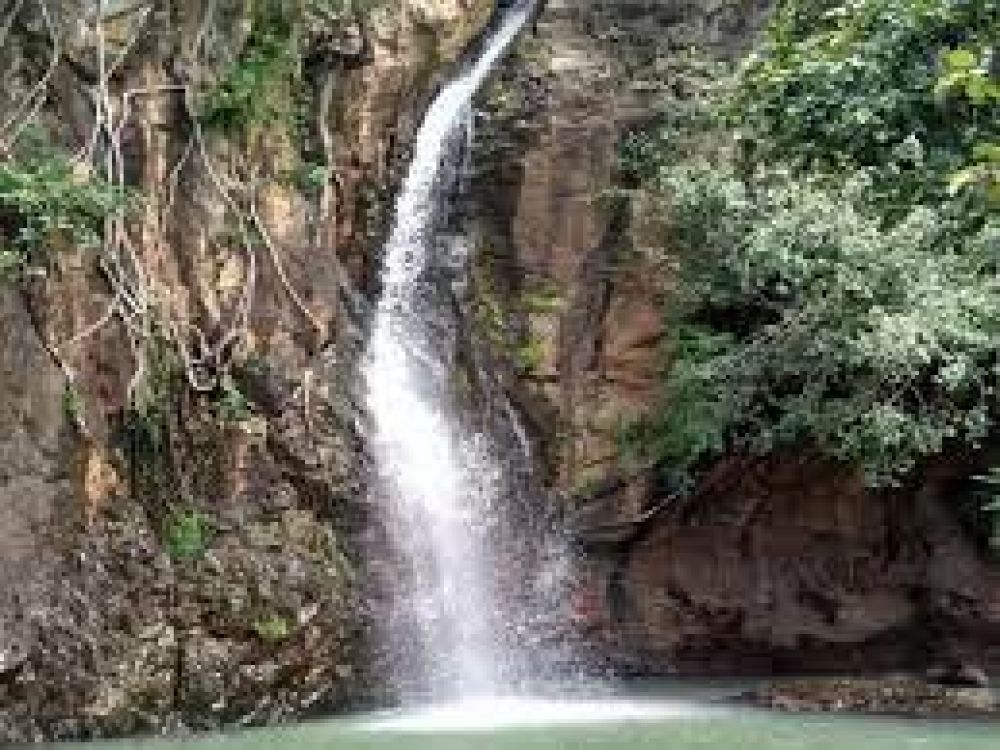

Ram Jharna is a natural spring located in the picturesque landscapes of Dumka, Jharkhand. It holds great significance in Hindu mythology and is believed to be the place where Lord Rama quenched his thirst during his exile. Over the years, Ram Jharna has become an important pilgrimage site, attracting tourists and devotees from different parts of the country.
The lore says that the waters of Ram Jharna sprang forth from the ground when Sita, the wife of Lord Rama, asked for water. Since then, the pristine waters of the spring are considered sacred. The historic tourism at Ram Jharna can be traced back to as early as when the local folklore and the significance of the Ramayana were entrenched deep within the culture of the local population.
Over the years, the Government of Jharkhand, along with various cultural societies, has worked towards the promotion and development of Ram Jharna as a tourist destination. Efforts have been made to maintain the site's natural beauty while providing amenities for visitors.
Infrastructure such as pathways, sitting areas, and information centers have been developed to facilitate tourism without disrupting the site's spiritual ambiance. The development has been balanced to preserve the ecological sanctity of Ram Jharna while accommodating the growing influx of tourists and pilgrims.
In recent years, the trend of eco-spiritual tourism has taken root in the region. This trend combines the quest for spiritual growth with the desire to experience and preserve the natural environment. Ram Jharna has benefitted from this trend, as visitors come not only for religious reasons but also to enjoy the tranquility and the lush green surroundings.
Another trend is the rise of localized tourism. With increasing awareness about the significance of local cultures and places, more people are exploring offbeat locations such as Ram Jharna. Social media has also played a significant role in highlighting the beauty and religious importance of this spring, further contributing to its popularity.
The current focus is on sustainable tourism. The authorities have taken measures to ensure that tourist activities do not harm the environment or the sacred nature of Ram Jharna. There's a concerted effort to promote green practices among tourists, such as waste management and minimal ecological footprint, to ensure that the site remains pristine for future generations.
When planning a visit to Ram Jharna, tourists can expect to find a serene and divine atmosphere. The best time to visit is during the cooler months of the year, from October to March. The site is open throughout the year, and special events and fairs are held during significant Hindu festivals like Ramnavami, making it an ideal time for a visit.
Facilities such as food stalls serving local cuisine, souvenir shops, and nearby accommodations cater to the needs of travelers. As Ram Jharna becomes more popular, the local economy also benefits from the increased tourism, leading to better services and amenities for visitors.